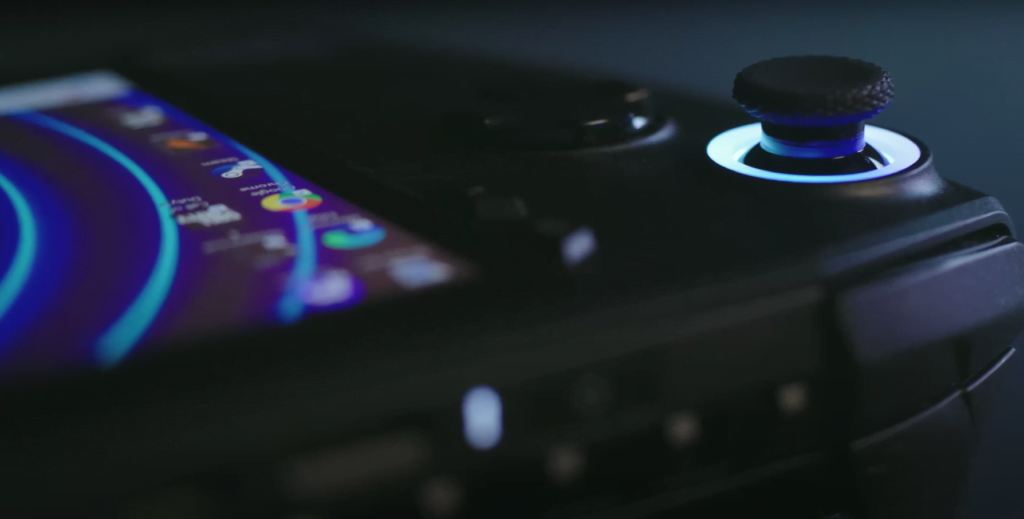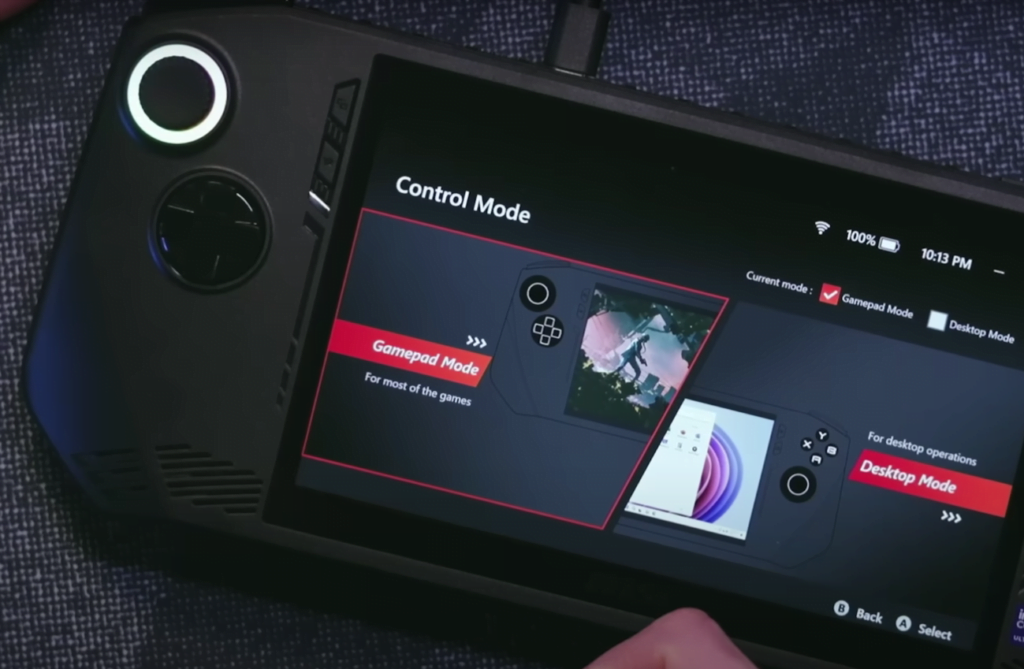

The launch of MSI’s first-ever handheld gaming console, the MSI Claw, has sparked a lot of conversations in the gaming community, particularly regarding its similarities to the well-established ROG Ally. With its impressive specs and design, the MSI Claw promises to bring a new level of excitement and convenience to gamers. But the question remains: is the MSI Claw just a clone of the ROG Ally, or does it bring something new to the table?
Pros:
- Sleek and ergonomic design with comfortable grips
- Hall Effect triggers and joysticks for precise control and reduced drift issues
- Powerful Intel Core Ultra processor for smooth gaming performance
- Long battery life with up to 10 hours of gaming on a single charge
- Supports Windows 11 and can run PC games
- Large buttons and offset joysticks for improved gameplay experience
- Ventilation system to keep the device cool during extended gaming sessions
Cons:
- Higher starting price point compared to other handheld gaming consoles
- No touch panel or touchscreen capabilities
- Unique port hub design may not appeal to everyone
- No stand or kickstand for tabletop mode
- Limited availability of accessories compared to other brands
- Some users may find the device too large or heavy for comfortable use
Design and Ergonomics: Familiar Yet Unique

At first glance, the MSI Claw bears a resemblance to the ROG Ally, especially in its ergonomic design. MSI has employed anthropometry principles to ensure that the Claw is comfortable for extended gaming sessions, much like the ROG Ally. However, MSI has added its own flair to the design, with unique aesthetics and control layouts that aim to enhance the gaming experience.
Performance: 14th Gen Intel Core Ultra Processor vs. ROG Ally’s Powerhouse


The MSI Claw is powered by a 14th Gen Intel Core Ultra processor, which promises top-notch performance for even the most demanding games and applications. The ROG Ally, on the other hand, is known for its powerful AMD Ryzen processor. While both devices offer impressive performance, the choice between Intel and AMD may come down to personal preference and specific gaming needs. The MSI Claw’s processor ensures smooth gameplay and multitasking capabilities, positioning it as a strong competitor.
Operating System: Windows 11 Integration

Both the MSI Claw and the ROG Ally run on Windows 11, providing a familiar and robust operating system for gamers. This allows for a seamless transition from PC gaming, with access to a wide range of games and applications. The integration of Windows 11 on both devices ensures that gamers can enjoy a full desktop experience in a portable format.or sit amet, consectetur adipiscing elit. Ut elit tellus, luctus nec ullamcorper mattis, pulvinar dapibus leo.
Display and Graphics: Vibrant Visuals

The display quality is crucial for handheld gaming, and both the MSI Claw and the ROG Ally deliver on this front. The MSI Claw features a high-resolution display that offers crisp and vibrant graphics, comparable to the ROG Ally’s renowned visual performance. Advanced graphics capabilities on both devices ensure that gamers can enjoy smooth and immersive gameplay without lag.
Portability and Battery Life

One of the key advantages of the MSI Claw is its portability. Gamers no longer have to be tethered to a desk or confined to a specific location. The handheld design allows for gaming on the go, making it perfect for travel, commutes, or simply gaming in the comfort of your own space. Despite its compact size, the MSI Claw doesn’t compromise on performance, delivering a powerful gaming experience wherever you are.
Pricing and Availability

When it comes to pricing, the Claw is the more expensive option, with the base model starting at $699, compared to the Ally’s $399 starting price. This higher price tag may be justified by the Claw’s more powerful hardware and potential performance improvements, but it’s a significant difference that potential buyers will need to consider.Both the Claw and Ally are currently available for purchase, with the Ally having a slight head start in terms of availability. However, as MSI continues to refine and optimize the Claw, the gap between the two devices may narrow.
Conclusion

The MSI Claw and ASUS ROG Ally are both impressive handheld gaming PCs, each with its own unique strengths and considerations. The Claw’s larger size and more powerful hardware may appeal to those seeking a more immersive and performance-focused experience, while the Ally’s compact design and lower price point could be more attractive to casual or on-the-go gamers.Ultimately, the choice between the Claw and Ally will come down to your specific needs, budget, and personal preferences. We recommend thoroughly researching both devices, reading reviews, and considering your gaming habits to determine which one is the best fit for you.









